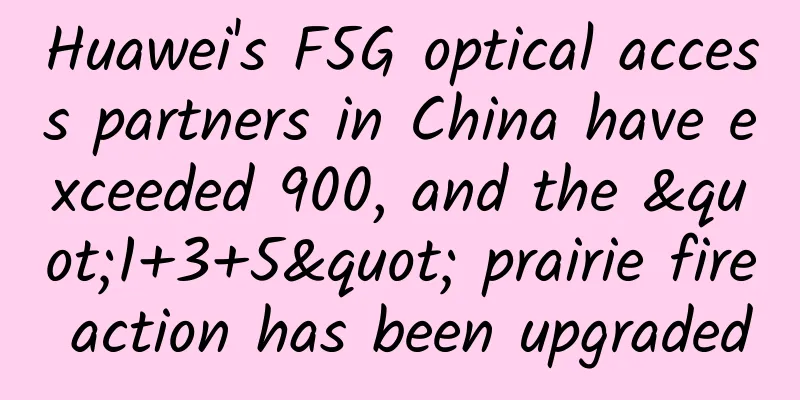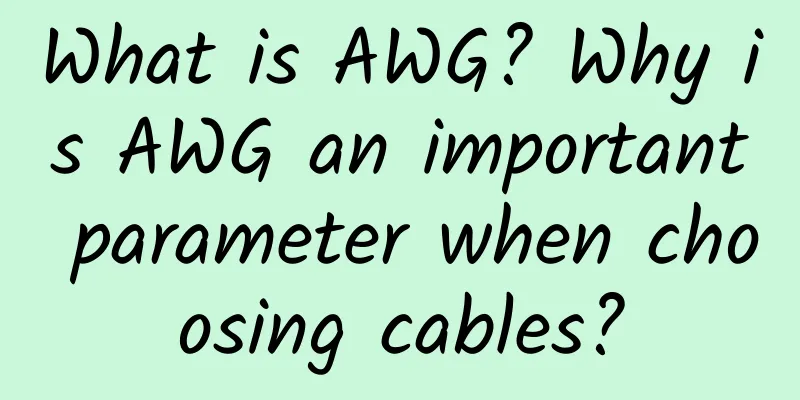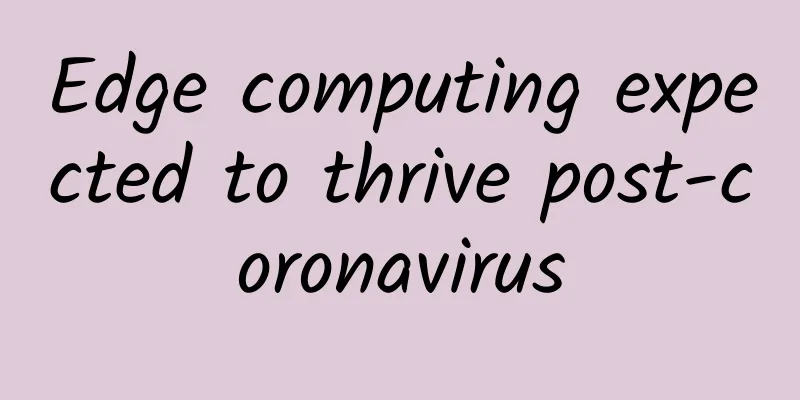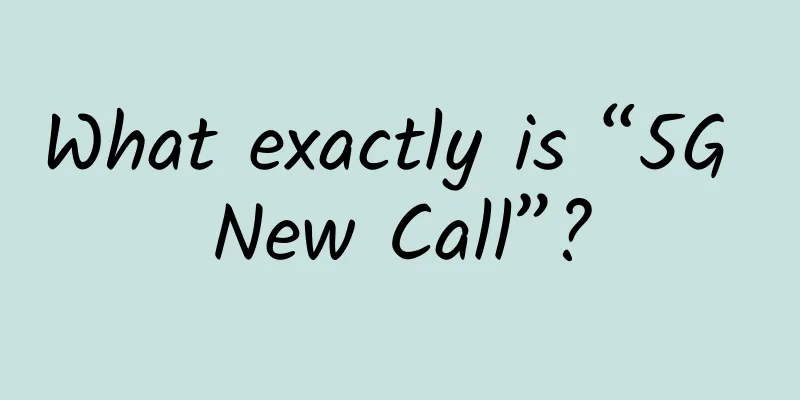What are the differences between VLAN and VXLAN? What are the application scenarios of VXLAN?
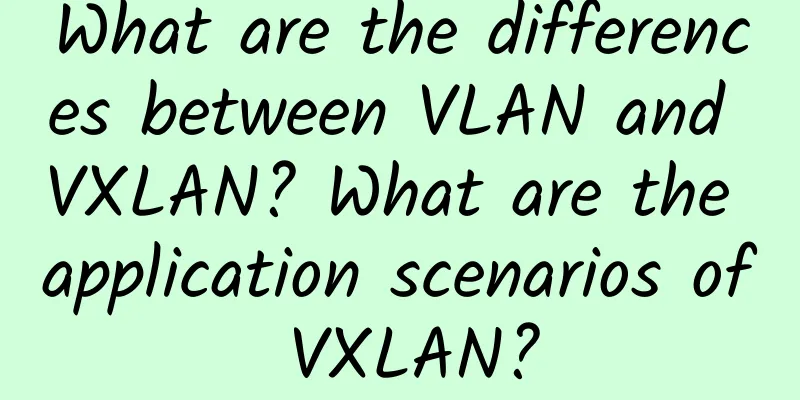
|
With the development of network technology, cloud computing has become a new trend in IT construction in major industries with its advantages in high system utilization, low labor/management costs, and flexibility/scalability. As one of the core technologies of cloud computing, server virtualization has also been increasingly used, greatly increasing the computing density of data centers; at the same time, in order to achieve flexible changes in business deployment, the demand for the systematic migration of virtual machines in the second-layer network is becoming more and more urgent. However, the traditional classic second- and third-layer networks can no longer fully meet these needs.
For example, traditional VLAN (virtual local area network) technology can only support up to 4096 VLANs and can no longer meet the strict requirements of cloud providers. However, VXLAN (virtual extensible local area network) technology is popular because it can build large multi-tenant data centers by extending the second layer to the third layer network. This technology can effectively overcome the expansion limitations brought by VLAN. 1. What is VLAN? 1. VLAN concept: Virtual Local Area Network is a concept involved in the implementation of switches and is defined by the 802.1Q standard. Since switches are network devices that work at the link layer, terminals connected to the same switch are in the same Layer 3 network and also in the same broadcast domain. When a switch is connected to a large number of terminals, when any terminal sends a broadcast message (for example, an ARP request), the message will be transmitted throughout the entire network. 2. VLAN advantages: For large-scale networking scenarios, the proliferation of broadcast messages will have a great impact on network communications. VLAN technology provides a solution to this problem. VLAN divides the same network into multiple logical virtual subnets and stipulates that when a broadcast message is received, it is only broadcast in the VLAN to which it belongs to prevent the flooding of broadcast messages. VLAN technology implements the isolation of broadcast domains at the link layer level. A picture shows the role of VLAN: Despite these advantages, its disadvantages are also obvious:
Based on the above requirements, VXLAN technology was proposed. What is VXLAN? 1. VXLAN Concepts Virtual extensible Local Area Network, virtual extended local area network. One of the NVO3 standard technologies defined by IETF, adopts MAC-in-UDP message encapsulation mode, and realizes the expansion of the Layer 2 network within the Layer 3 range by encapsulating the Layer 2 message with the Layer 3 protocol, meeting the migration and multi-tenant requirements of large Layer 2 virtual machines in the data center; VXLAN technology can build a Layer 2 virtual network based on the Layer 3 network structure, and through VLAN technology, network devices in different network segments can be integrated into the same logical link layer network. For end users, these network devices seem to be "really" deployed in the same link layer network. That is, it can build large multi-tenant data centers by extending Layer 2 to Layer 3 networks, while separating virtual networks from physical infrastructure and achieving the highest network reliability and scalability. Therefore, you can create up to 16 million networks using VXLAN technology. 2. VXLAN terminology introduction:
3. Advantages and limitations of VXLAN technology Compared with VLAN technology, VXLAN technology has the following advantages:
In order to ensure the correctness of the VXLAN mechanism communication process, the rfc7348 standard stipulates that IP packets involved in VXLAN communication are not allowed to be fragmented. This requires that the link layer implementation of the physical network must provide a sufficiently large MTU value to ensure the smooth transmission of VXLAN packets. This can be understood as a limitation of the current VXLAN technology. 4. Application scenarios of VXLAN: VXLAN is used in the migration of virtual machines between cloud data centers. For example, if an enterprise has virtual machines with different business applications in different data centers, the migration of virtual machines between data centers is often encountered. In order to ensure that the business is not interrupted during the migration of virtual machines, it is necessary to ensure that the IP address, MAC address and other parameters of the migrated virtual machine remain unchanged, which requires that the virtual machine belongs to the same Layer 2 network before and after the migration. If traditional methods are used to solve this problem, it may be necessary to purchase new physical devices to separate traffic, and it may cause problems such as VLAN disorganization, network loops, and system and management overhead. In order to successfully achieve the migration of virtual machines without interrupting business, VXLAN technology can be used. VXLAN is a network virtualization technology of MAC in UDP. As long as the physical network supports IP forwarding, all end users reachable by IP routes can establish a large-scale Layer 2 network; configure VXLAN related information on the switch connected to the virtual machine, establish VXLAN tunnels and VXLAN gateways between the switches connected to the virtual machine, and through VXLAN tunnels and VXLAN gateways, virtual machines can be successfully migrated between different data centers, and the network is not perceived and business is not interrupted during the virtual machine migration process. Application of VXLAN in SDN environment: In SDN environment, the corresponding relationship between the IP and VID of VXLAN can be realized through SDN controller. SDN controller can be used as ARP proxy device, which greatly improves the flexibility and scalability of VXLAN. Therefore, VXLAN technology can be widely used in SDN environment. |
<<: This picture explains the principle of 5G
>>: How fast is 5G? How does the 5G network work?
Recommend
HostYun: Hong Kong/Japan/Korea/US VPS monthly payment starts from 16 yuan, optional CN2 GIA/AS9929
HostYun is an old niche personalized IDC founded ...
ZJI Double 11 recharge 1000 yuan to get 100 yuan, Hong Kong high-defense server lifetime 50% discount, regular server 20% discount
ZJI was founded in 2011 as Weixiang Host, a well-...
Learn about routers, switches, and network hardware
Today we're taking a look at home network har...
How data centers work today and in the future
The data center of the future will rely on cloud ...
Illustrated explanation of the past and present of four IO models
Recently, I have come to believe that when explai...
We keep talking about 5G, but do you really understand the 5G market? What is the current situation?
2020 is a milestone in the development of China&#...
5G helps: Five future development trends of smart transportation
According to relevant research reports, the globa...
Linode's 18th Anniversary and Future Outlook
In the past two days, Linode released a blog post...
Benefits of Fiber Optic Networks: Learn What It Is and Why It Matters
As streaming, remote work, and online education t...
Huawei's Liang Hua: Give machines intelligence and services a platform
On August 23, Liang Hua, Chairman of Huawei, atte...
MESI protocol, JMM, common thread methods, etc.
[[329428]] This article is reproduced from the We...
Kunpeng spreads its wings and shines its wisdom in Tianjin | The results of the finals of the Kunpeng Application Innovation Competition 2020 (Tianjin Division) are out!
On the afternoon of August 21, the final of the K...
How should we view 6G?
[[274234]] Recently, Canadian media reported that...
HTTP 401 Error vs HTTP 403 Error – Status Code Response Explanation
We’ve covered the 403 HTTP error code in detail b...
The entire network discloses IP locations, and your location is exposed
Author | Lu Yao Reviewer | Yun Zhao Recently, IP ...

